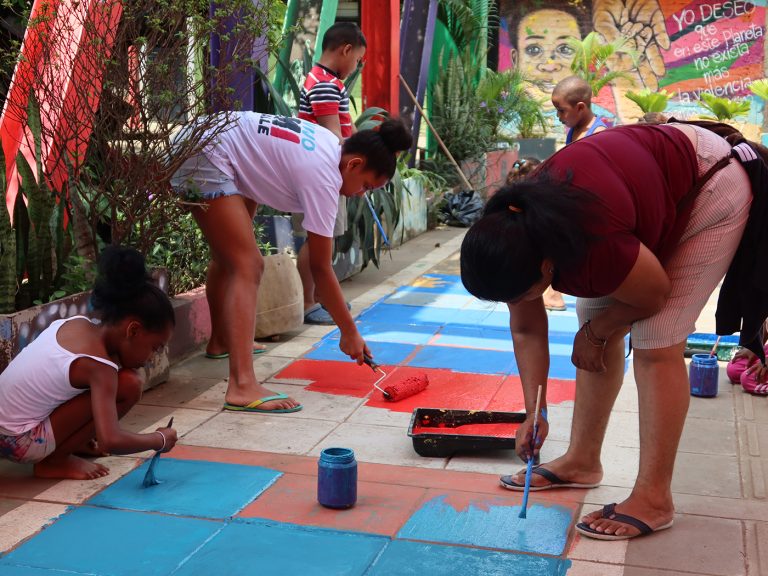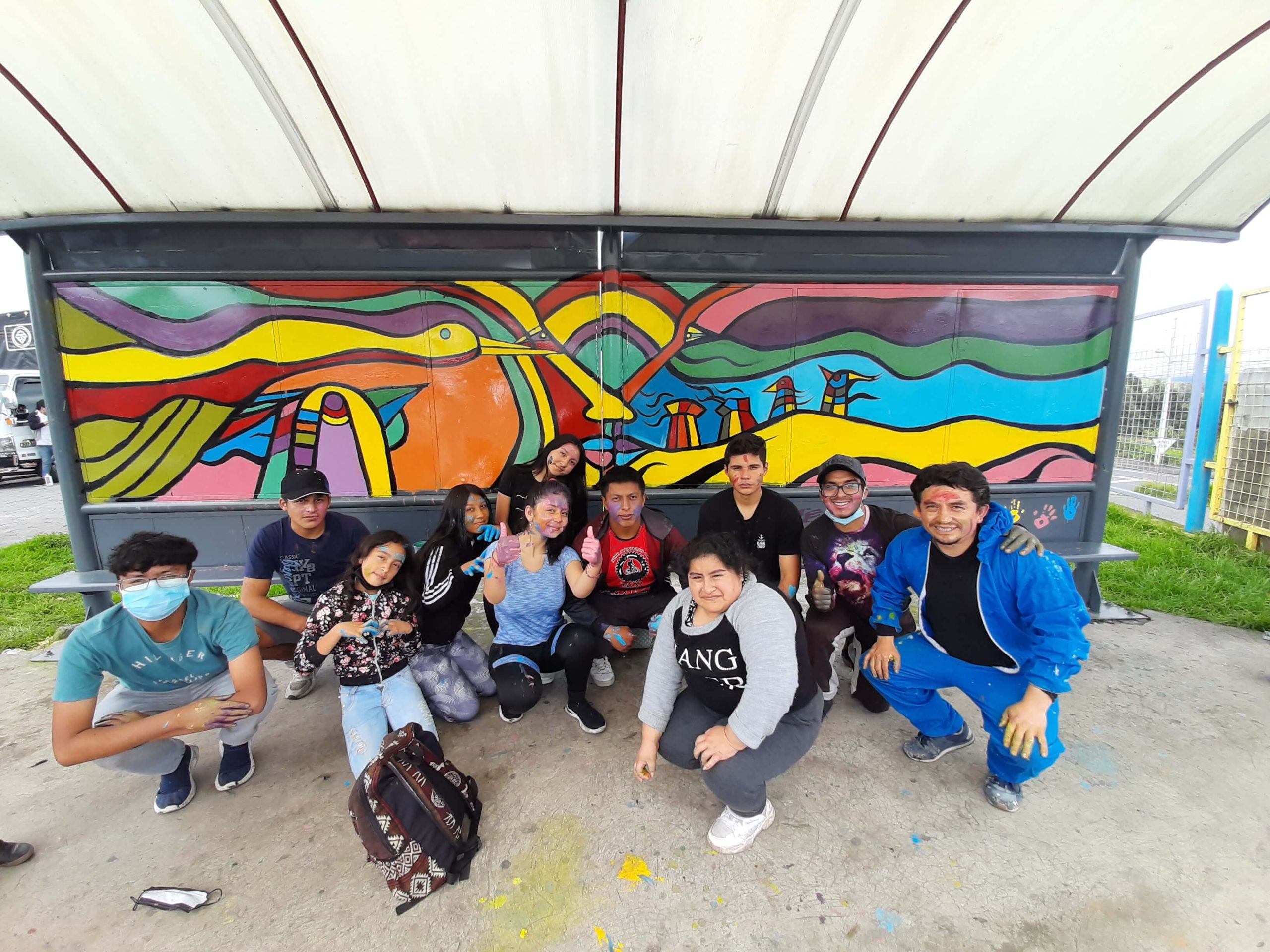Why cities, why adolescents?
Cities are becoming bigger and younger
According to UN Habitat, more than half of the world’s 8 billion population now lives in towns and cities. By 2030, 60% of the global urban population will be under the age of 18.
More cities are struggling
The so-called ‘urban advantage’ (benefits of living in urban areas over rural) is increasingly under strain. Urban areas are experiencing significant and growing inequalities as essential services, infrastructure and labour markets struggle to meet demand.

The future of cities is in the hands of young people
As highlighted in the New Urban Agenda, young people are central to developing sustainable cities. They make up the majority of the population in many urban areas today and hold the key to our cities’ future. That’s why it is vital to listen to young people’s voices and support their ideas and aspirations.
Girls and boys, young women and young men are key agents of change in creating a better future and when empowered they have great potential to advocate on behalf of themselves and their communities. Ensuring more and better opportunities for their meaningful participation will be essential for the implementation of the New Urban Agenda.
Unfortunately, in many urban areas worldwide, young people’s needs are overlooked. Their influence is limited, and their potential remains untapped. Failing to involve young people meaningfully and benefit from their input is a missed opportunity that poses significant global risks.

Adolescence – a turning point in young peoples’ lives
Between 10 and 19 years of age (loosely defined as adolescence by the World Health Organization), young people experience significant physical and cognitive changes that shape their habits, attitudes and behaviours. It is a time when they become more independent, but also feel more vulnerable. This phase in young people’s lives presents a unique opportunity to promote their future health and wellbeing, and to build their civic engagement.
Adolescents can often fall through the cracks between policy and programming for children (aged 0-10) and older youth (aged 18-24). HCA aims to redress this gap.
Investing in adolescence yields triple benefits, bringing health, social and economic gains to today’s adolescents, tomorrow’s adults and future generations.
Intermediary cities – our entry point
The fastest growing urban areas are intermediary cities. These are usually cities with between 50,000 and 1 million inhabitants, but the upper limit can be much higher in countries with larger populations, such as in India.
Intermediary cities often have high in-migration from rural areas and account for the largest share of the urban poor. They also typically have fewer amenities and resources than larger cities. However, their relatively smaller size presents opportunities for access to, and engagement of, local stakeholders, particularly local government.


Making the most of digital
Digital technology and innovation has changed how people, particularly adolescents, engage with the world. This is especially true in cities where better connectivity and access to digital tools present new opportunities. As cities continue to evolve into ‘smart cities’, it becomes even more crucial to harness the power of digital to promote adolescents’ health and wellbeing, amplify their voices, and involve them in shaping their urban environments.
At the same time, it is widely recognised that digital can exclude or even harm young people. To achieve equitable urban development, it is key that we equip adolescents with the skills and knowledge to use digital technology safely and beneficially.